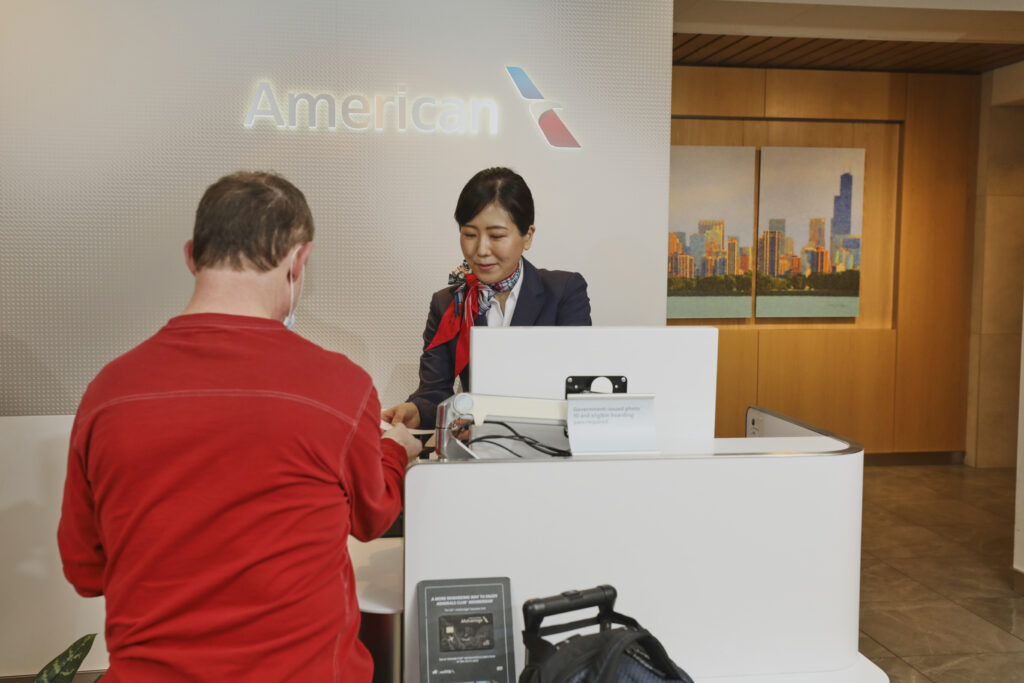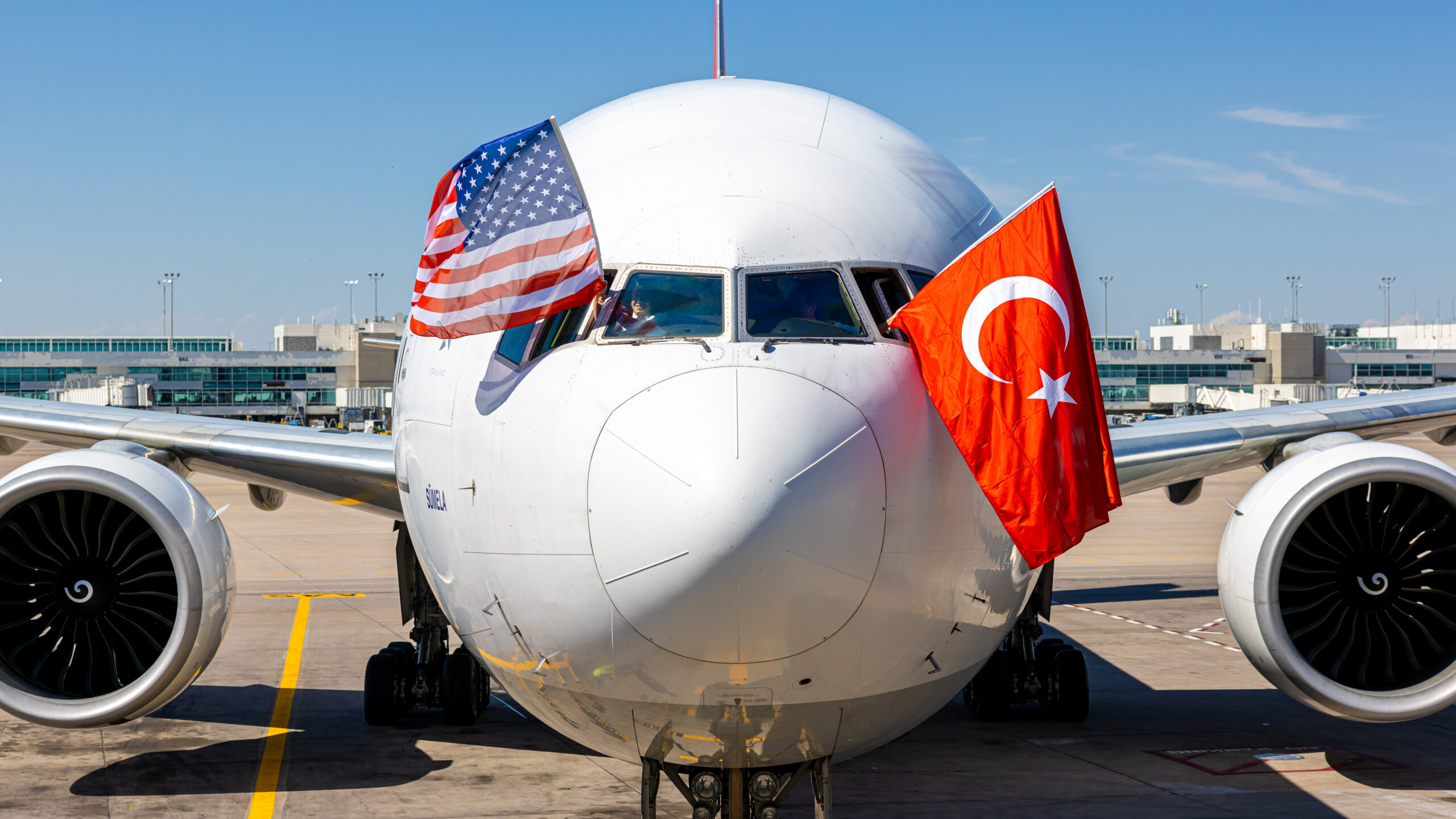Business Travel Resurgence: Major U.S. Airlines Report Healthy Bookings
Delta, United, and Alaska report growth in corporate ticket sales as businesses return to the office
by Lauren Smith
May 22, 2024

Photo: Courtesy of Finnair
End the Zoom call and pack your garment bag: business travel is making a surprise comeback, with major U.S. airlines reporting healthy upticks in corporate bookings this year.
Many obituaries for the $1 trillion business travel market were written during the coronavirus crisis and its aftermath, as travel shutdowns and social distancing normalized digital client meetings and work-from-home arrangements. No less a person than Bill Gates forecasted in November 2020 that up to half of corporate travel would completely disappear.
And initially, those gloomy predictions seemed correct. While leisure travel boomed in the post-pandemic era and airlines raked in record revenue from international flights and premium seats, corporate bookings lagged. Cash-strapped, pandemic-hit companies slashed their travel budgets and rescheduled meetings for cyberspace.
Four years later, businesses are finally taking to the skies again, and airlines are reaping the rewards.
Delta Air Lines said its corporate bookings were up 14 percent in the first three months of 2024, with particularly strong sales from companies in the financial services, technology, and customer service sectors.

Photo: Courtesy of Delta Air Lines
The Atlanta-headquartered airline expects further growth this year. A survey commissioned by the carrier found that 90 percent of polled companies plan to increase their travel spending in the spring. If that holds true, Delta could sweep to record revenues this year.
Rival United Airlines also saw a 14 percent rise in corporate sale revenue over the winter. “The strength of the business traffic rebound is a nice development for an airline like United,” Andrew Nocella, the carrier’s chief commercial officer (CCO), said during a call with analysts in April.
Across the aviation sector, the number of corporate passengers hasn’t yet pulled level with 2019’s figures. However, higher ticket prices mean airlines are reaping nearly the same revenue.
On the West Coast, Alaska Airlines is mopping up business from the tech sector. A 22 percent rise in the first quarter restored Alaska’s corporate ticket sales to pre-pandemic levels.

Photo: Alaska Airlines reopening of D Lounge in Seattle. Courtesy of Joe Nicholson-Alaska Airlines
“Business travel is better than we expected,” Alaska’s Chief Financial Officer (CFO) Shane Tackett told Reuters.
It’s not just airlines seeing more road warriors and their rolling suitcases. Hotel chain Hyatt reported a 6 percent year-on-year growth in revenue from transient business travelers in the first quarter and a similar uptick in takings from group room blocks.
Forward bookings are even rosier, suggesting that business transient revenue across the hotel’s global operations may climb 21 percent in April.
Some analysts have attributed the business travel recovery to return-to-office policies and bigger travel budgets at some of the country’s biggest corporations.
“You are seeing a lot of companies go back to work and because those companies are going back to work, now they want to see their suppliers there as well,” Jonathan Kletzel, PwC’s U.S. airline and travel practice leader, told Skift.

Photo: Courtesy of American Airlines
But the country’s biggest airline cited small and mid-sized companies. American Airlines’ CCO Vasu Raja said the carrier’s growth in business bookings is “being driven by unmanaged corporations that continue to come back to American. Managed corporates, contracts, and corporations are growing a bit less than that, but still high—in the mid to high single digits.”
But are airlines celebrating only small gains? The U.S. Travel Association has been more pessimistic about corporate travel. In January, the lobby group projected that business travel spending would reach just 87 percent of 2019 levels this year and wouldn’t fully recover within the five-year scope of its forecasts.



